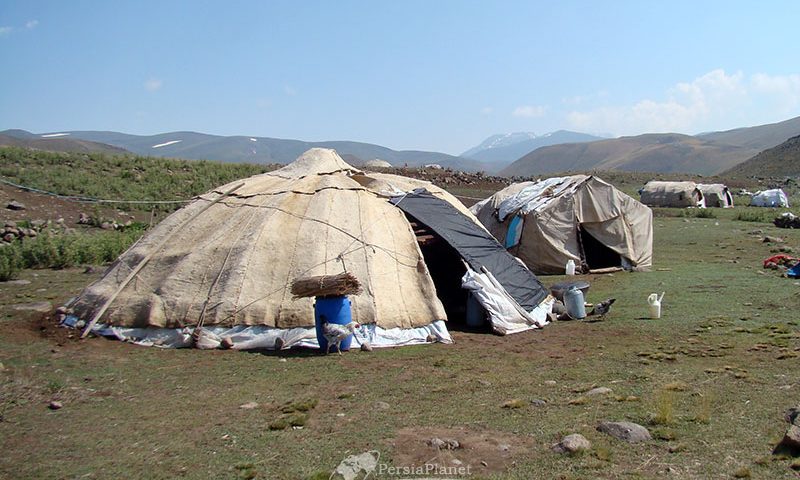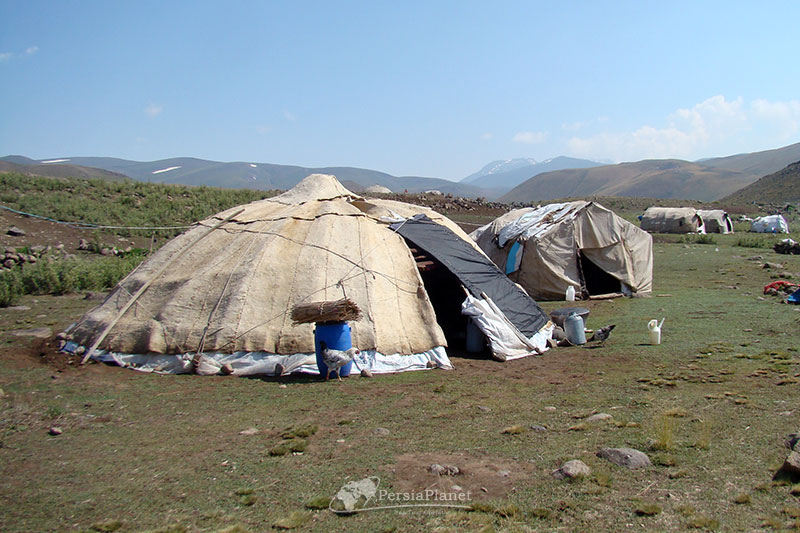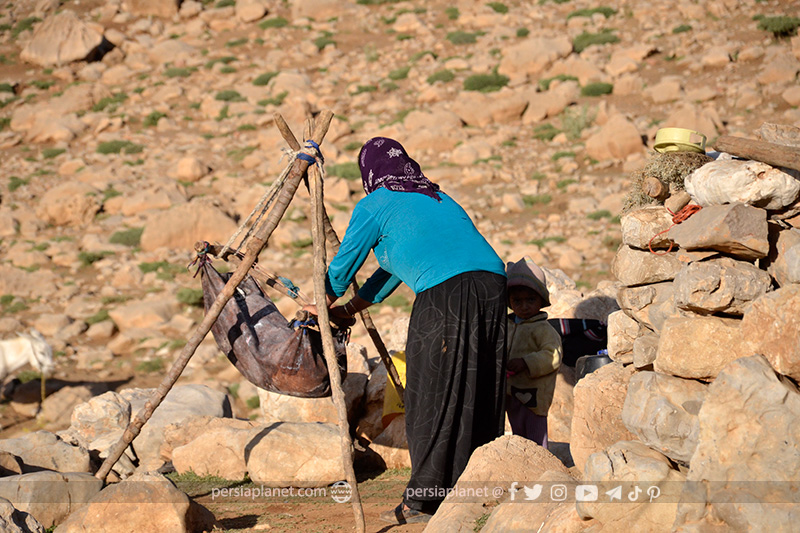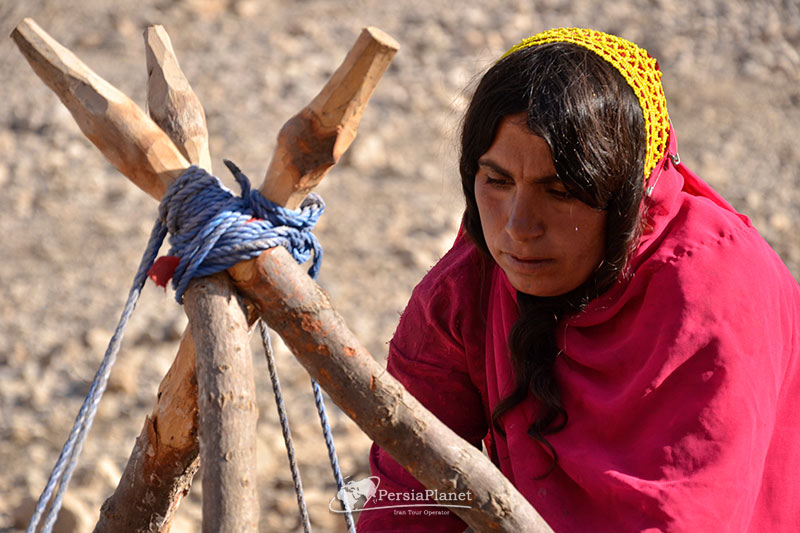Shahsevan Tribes (Nomad people in Iran, Shahsavan)

Bisotun (Biston, Behistun, Bistoon)
August 14, 2021
Saadabad Historical Complex, Palace
August 22, 2021The Shahsavan nomads (in the Elswani Turkish dialect: Shasvan or Shahsavan) are the names of a number of tribal groups of Azerbaijanis living in parts of northwestern Iran, especially the Moghan, Urmia, Ardabil plains, Kharqan and Khamseh districts, between Zanjan and Tehran. The available evidence indicates that if not all, at least a number of groups of the Shahsoon tribe have migrated from the Moghan plain to Kharqan and Khamseh (which, of course, should not be confused with the union of the Khamseh tribe of Persia). The way of life of the Shahsoon tribes and many cultural features, especially the hemisphere pavilions, distinguish them from other tribal groups in Iran, even the Kharqan and Khamseh tribes. Some of these features, which are of Turkish origin, can be seen among other Turkic-speaking tribes of Iran. However, some Shahsoon tribes are not of Turkish origin and have been able to retain some of their distinctive features.
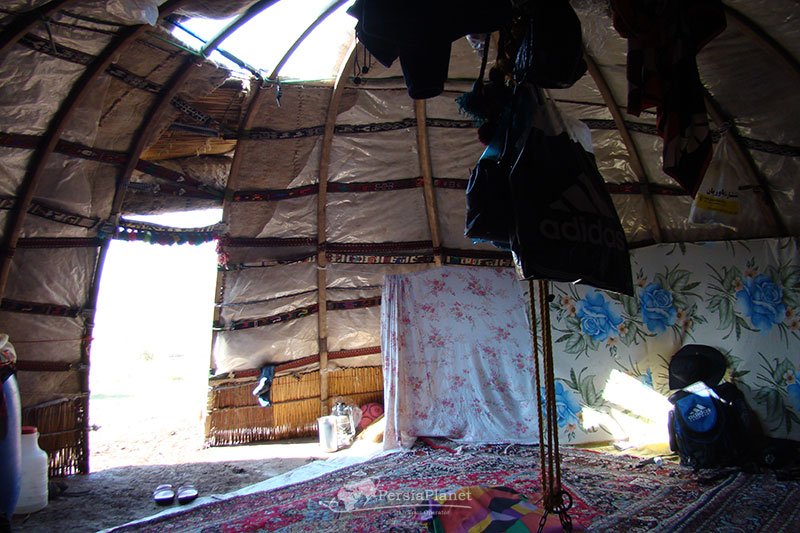
The meaning of the Shahsoon
The title Shahsevan in Persian means king-friendly. After the victory of the Islamic Revolution, this title was renamed Il-Sun or People-Friendly. Eskandar-Beig-Torkaman, the famous Safavid historian of the Safavid era, used the word “Shahi Sion” to describe the events of the conquest of Iraq during the reign of Shah Ismail I, as well as the events of the time of Shah Tahmasb. But the political term of the slogan became important when it was applied to the supporters of Shah Ismail II, while there was a dispute among his successors over the succession of Shah Tahmasb, and in the meantime Tahmasb’s daughter named Parikhan Khanum, a powerful politician, advocated Ismail Mirza declared himself a Shahi Soon. Today, in addition to large areas of Iran, the Shahsevans live in other neighboring countries, including the Republic of Azerbaijan, Iraq, Turkey, Afghanistan and Kashmir.
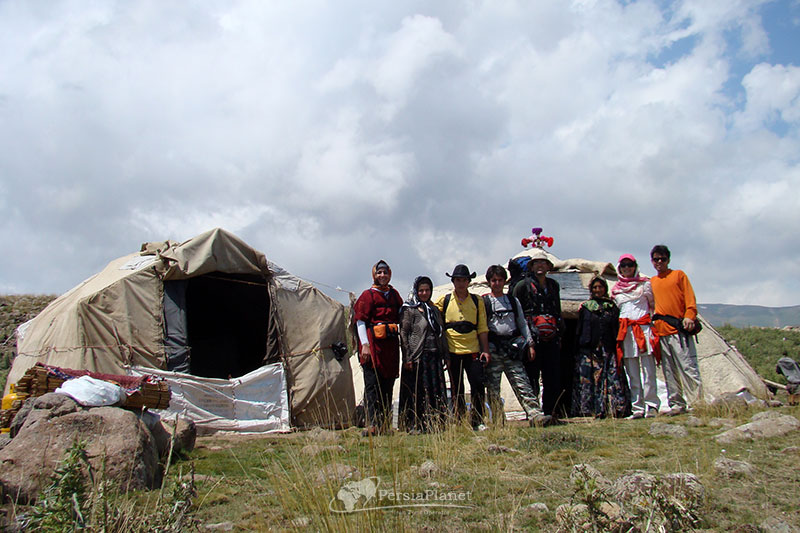
The social structure of the Shahsoon tribe
The organizational pyramid of the Shahsoon tribe begins with the family and ends with the gens and clans. In the past, tribes were headed by households, but today they enjoy significant socio-economic and political benefits. The leaders of the Shahs were much more powerful than the Khans of tribes such as the Qashqai. At the head of each small category was an official called Aqsql [White Beard]. With the expansion of urbanization and the unification of the majority of the nomadic population of Iran, the people of this tribe also settled in different parts of the country and its tribal structure has almost disappeared.
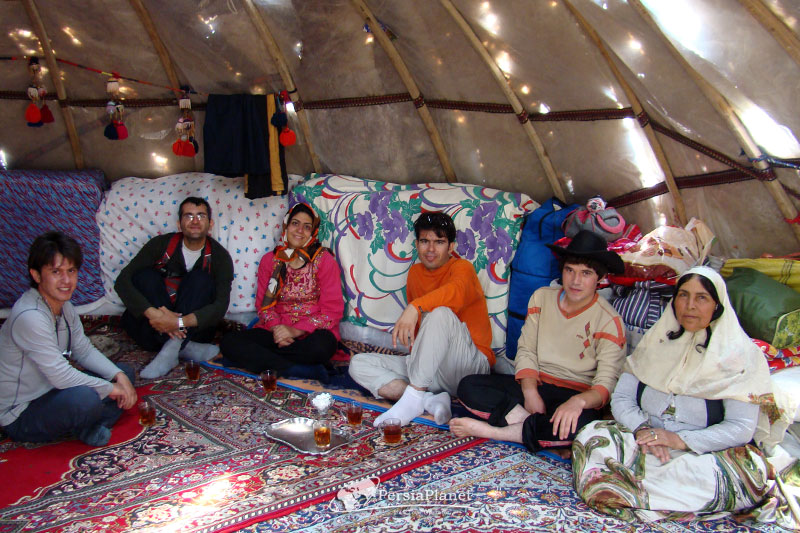
Shahsoon Tribe House: Spherical pavilions
Due to the fact that in comparison with other nomadic regions of Iran, both summer and winter areas of the Shahsoons have a cold climate, the Shahsoons have experienced to use a tent that is as harmonious as possible with the environmental conditions. The living place of Shahsoon nomads is beautiful spherical tents in which they live a simple and beautiful life without having advanced and modern equipment. These tents are also called pergolas or huts.
These pavilions usually have a space of 5 meters and have tassels hanging over them that inform people of their arrival. The ridge is smaller than the pavilion and is made of rougher material and the pavilion is not made with precision, skill and elegance. The pavilion is always associated with the ridge and is considered the main residence of the Shahsoon nomads in the summer. The Shahs are called a collection of several pavilions and huts set up in one place.
Shahsevan nomad’s food
Shahsevan nomadic foods include simple, delicious and at the same time that I suggest you try if you are with them and their guests. Since the Shahsevan nomadic tribes are mostly engaged in animal husbandry, their food is full of meat. A variety of dairy products such as yogurt, butter, cheese, skin cheese, buttermilk, curd, tuff and beef are among the dairy foods of these people.

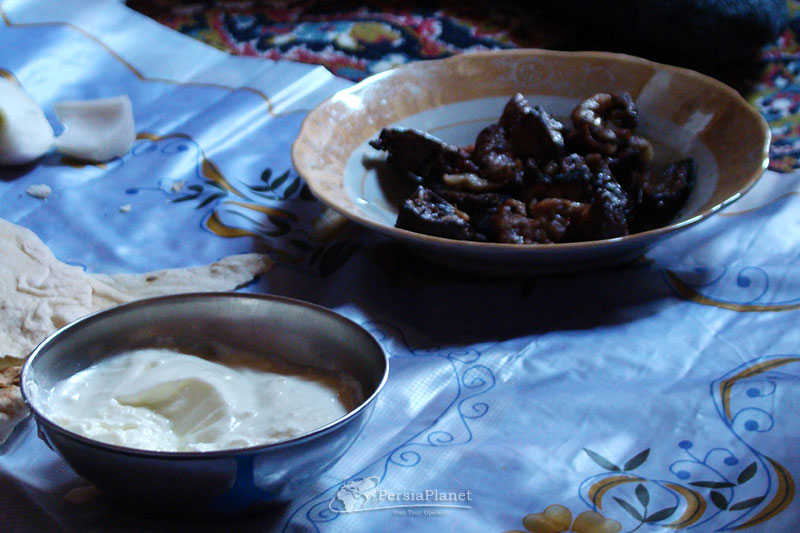
Mehdi Gholami.

